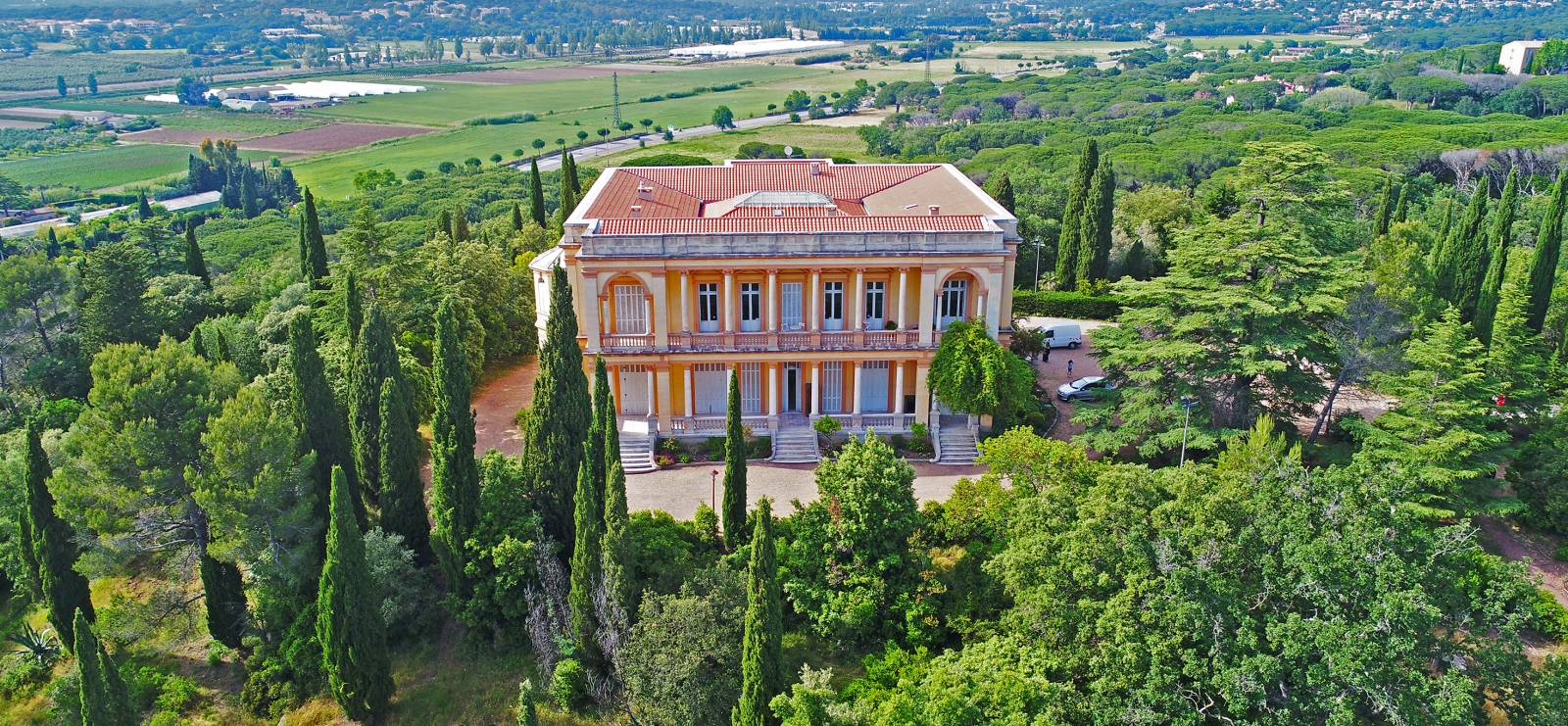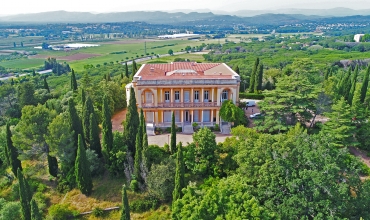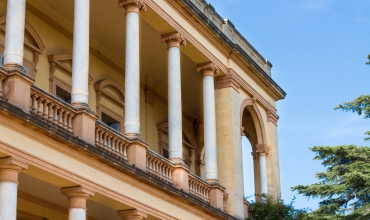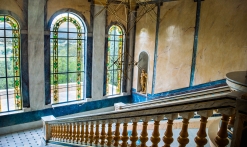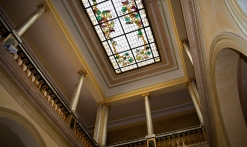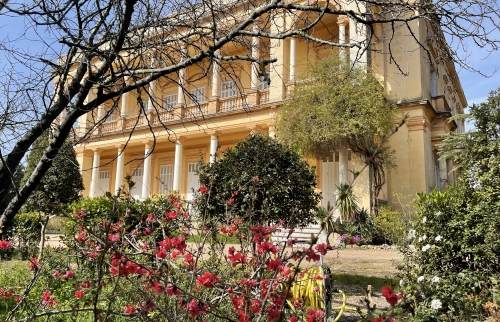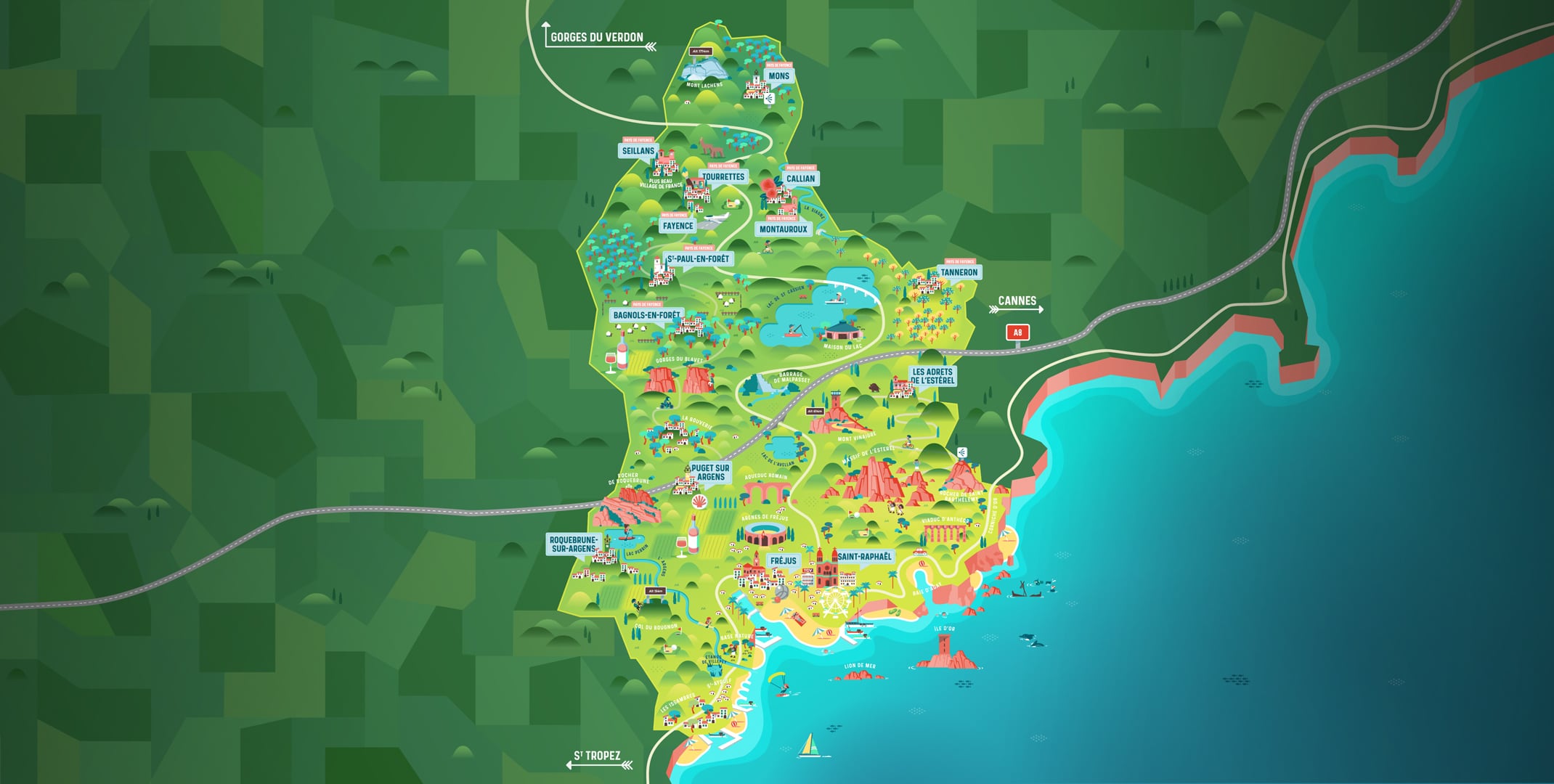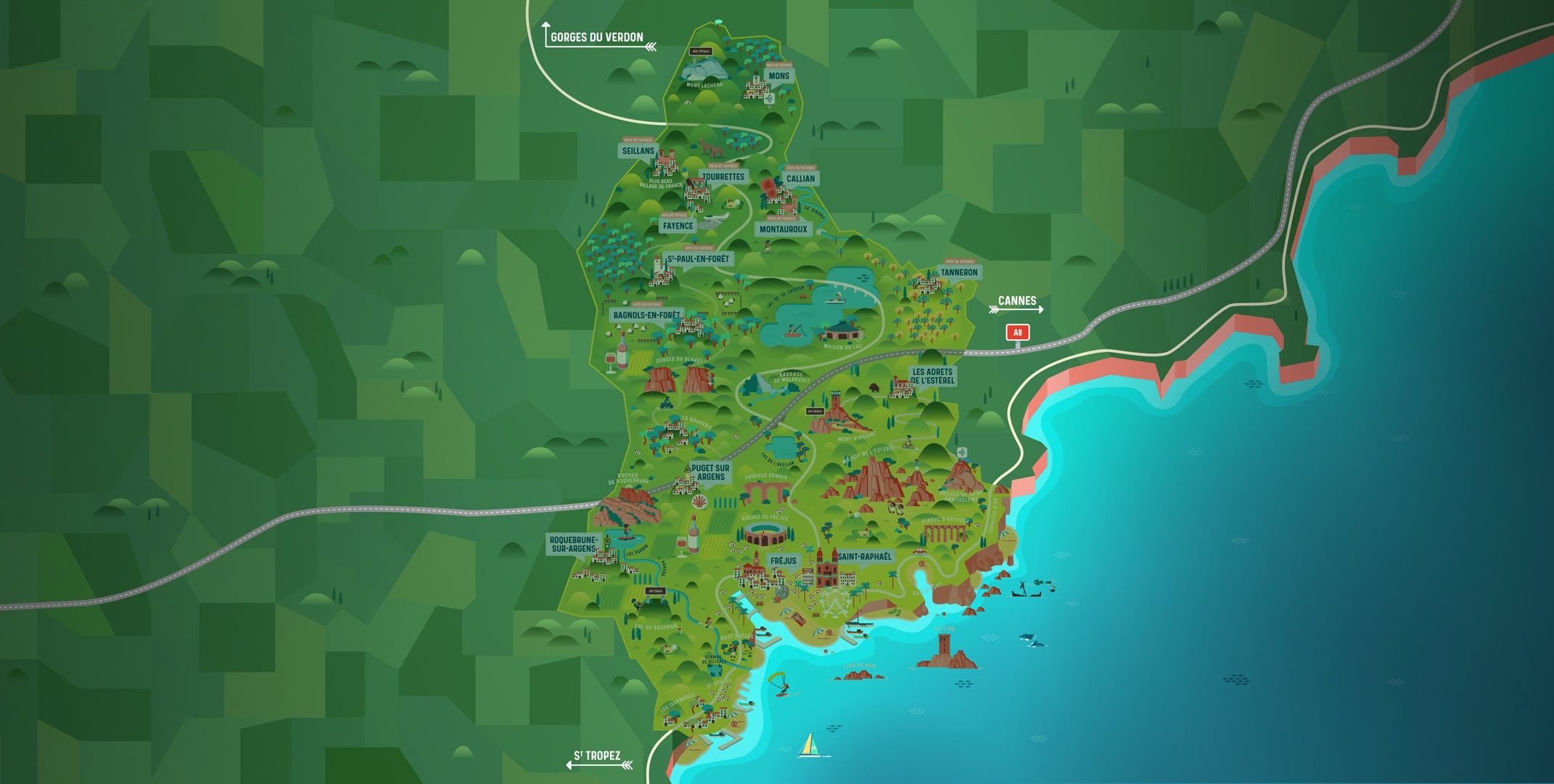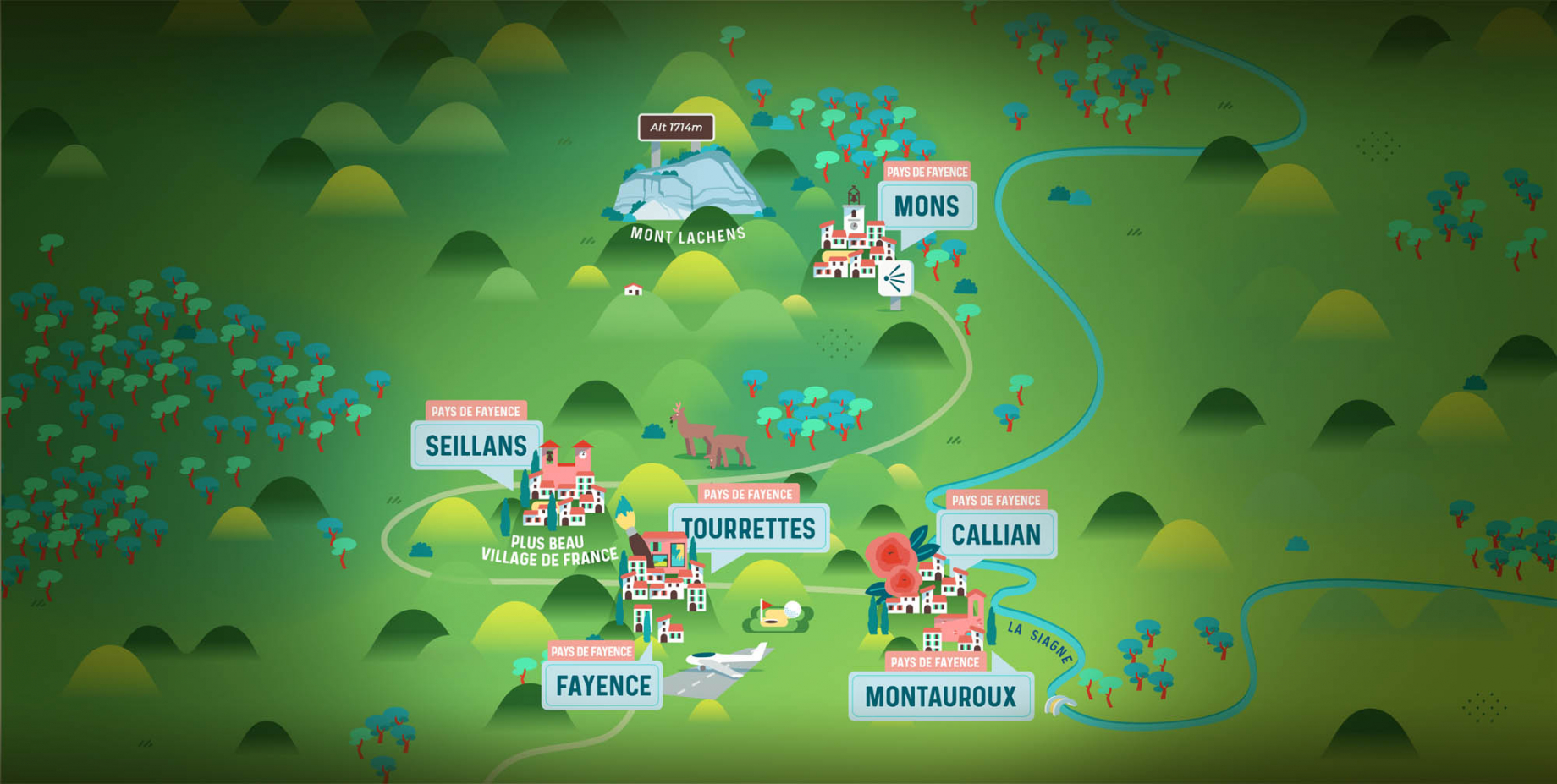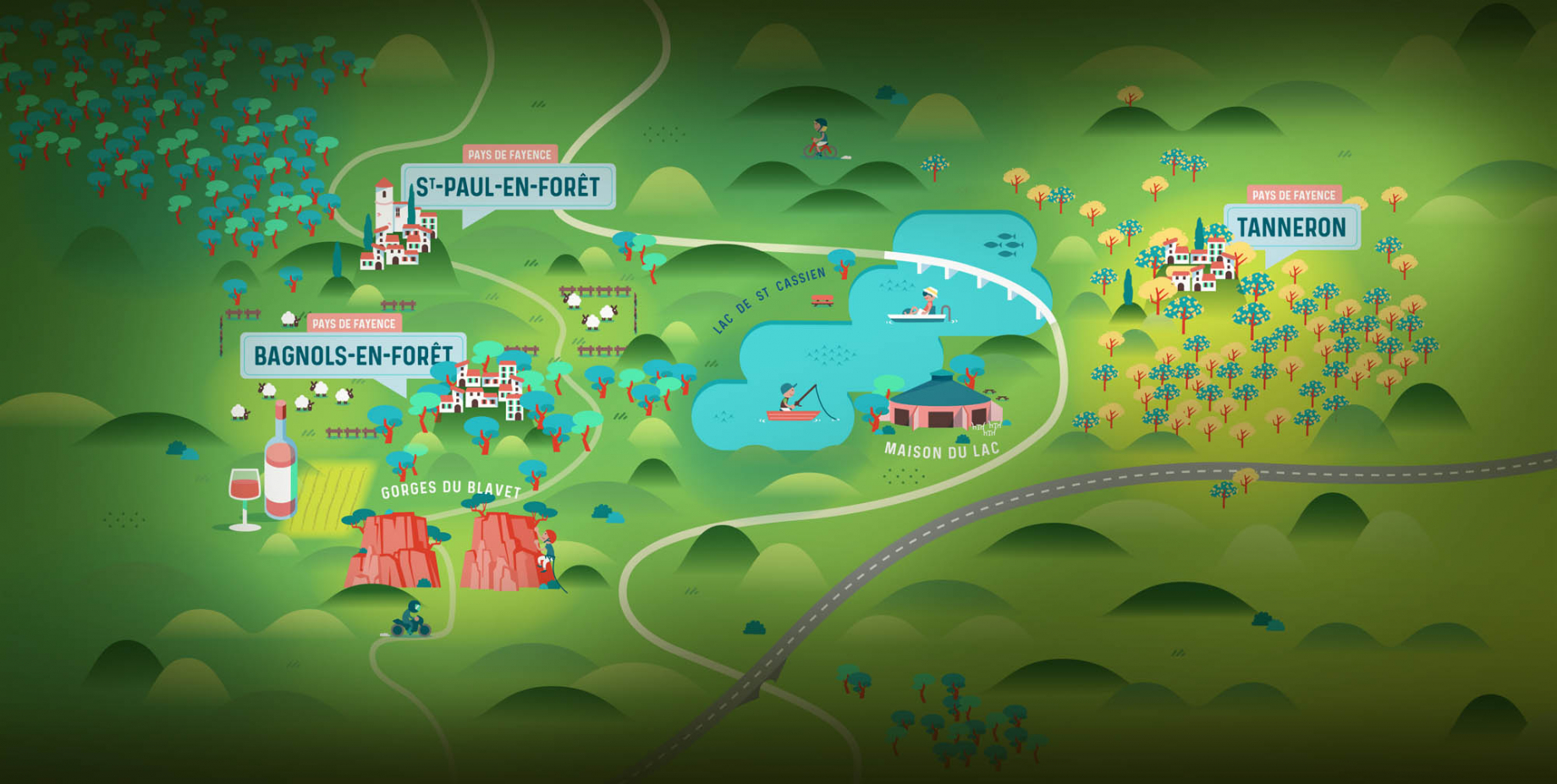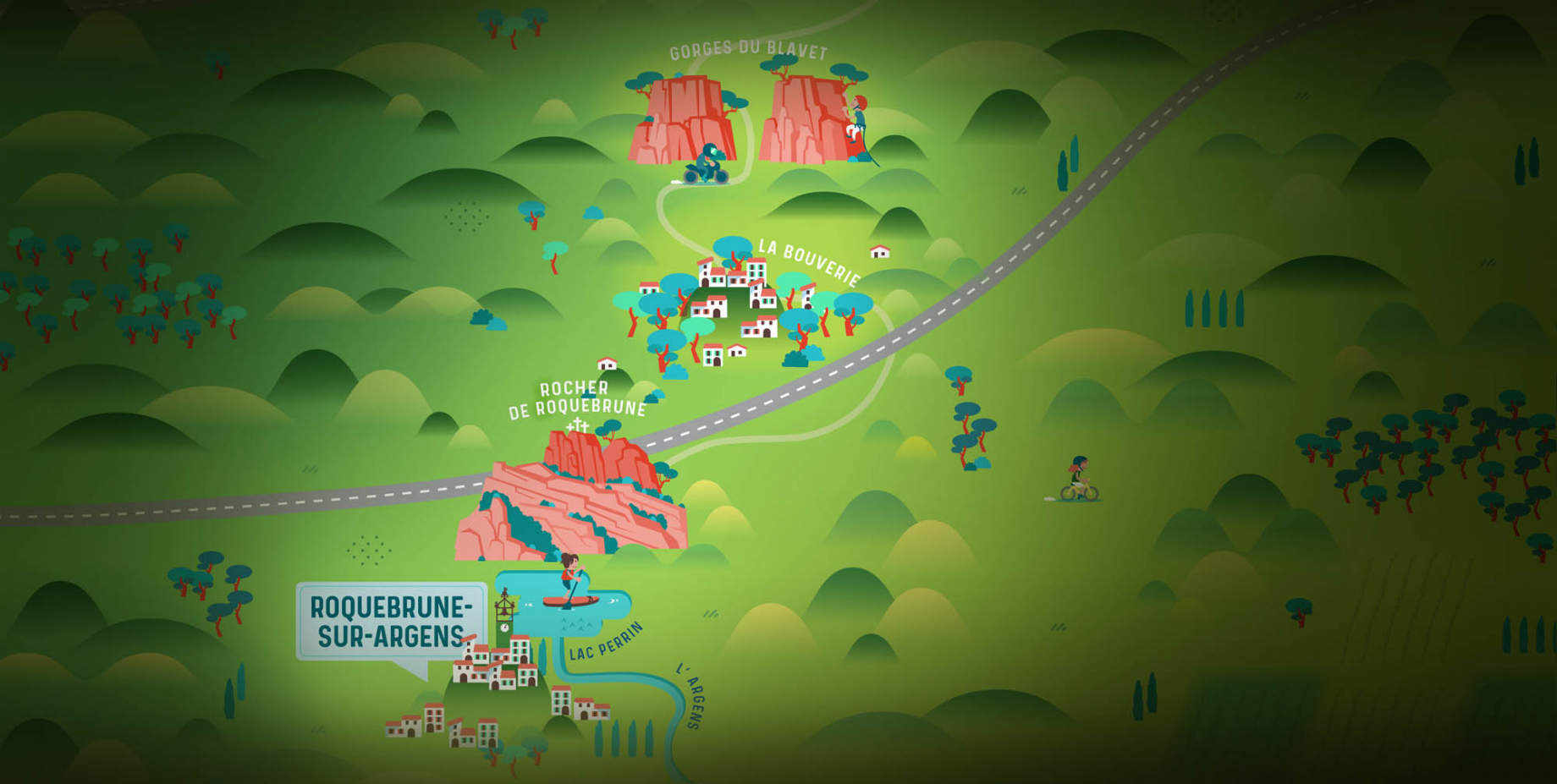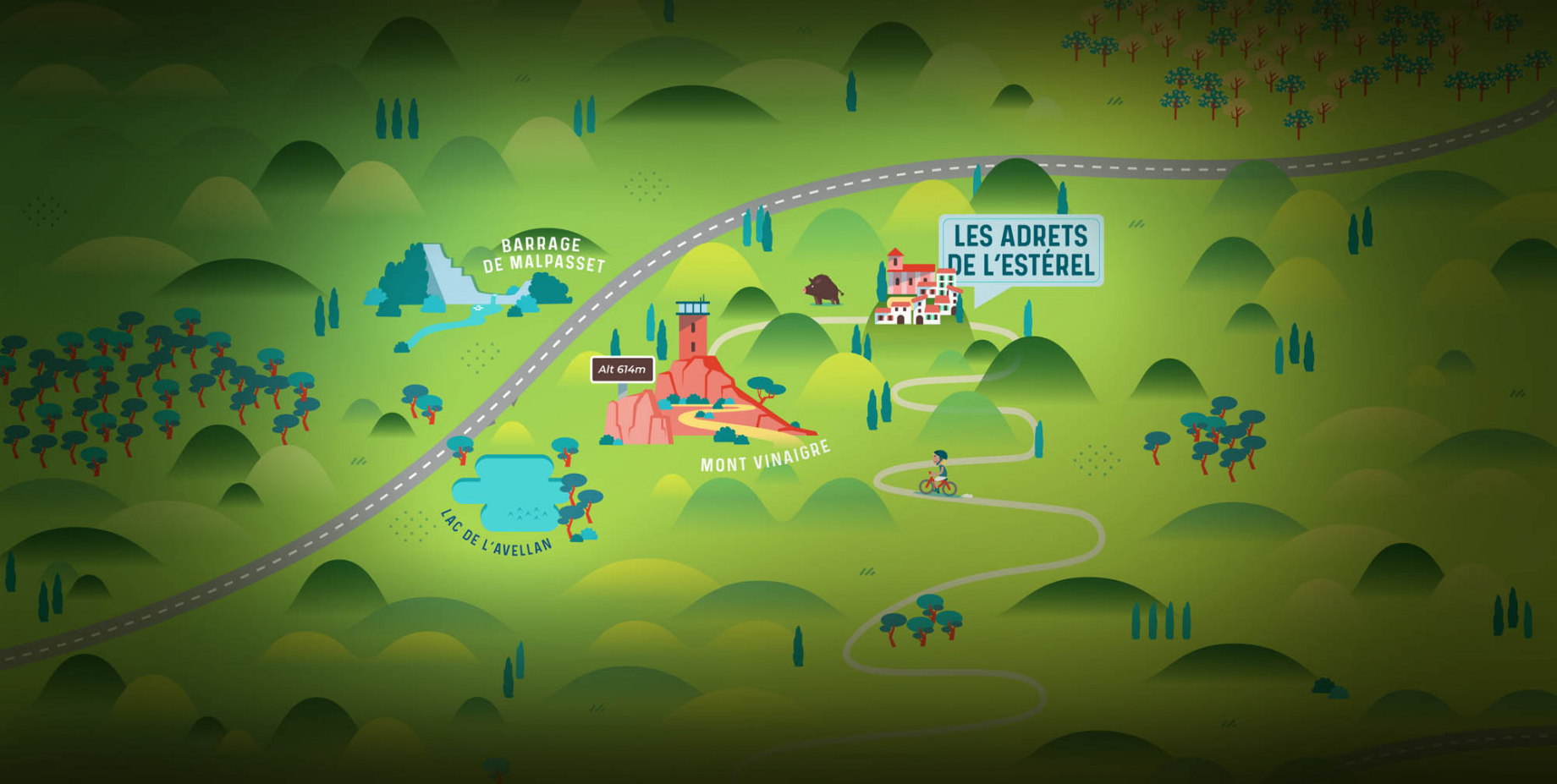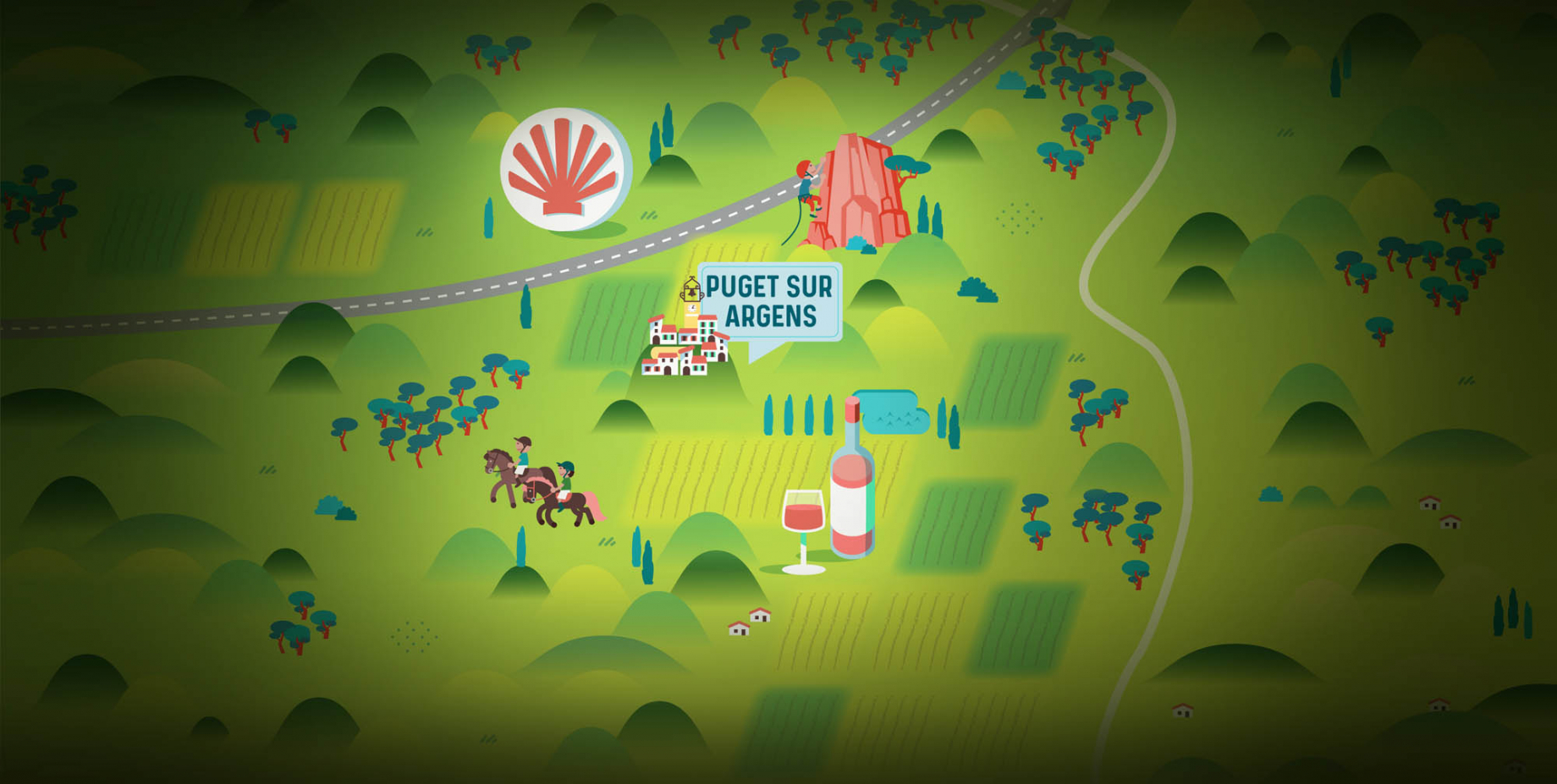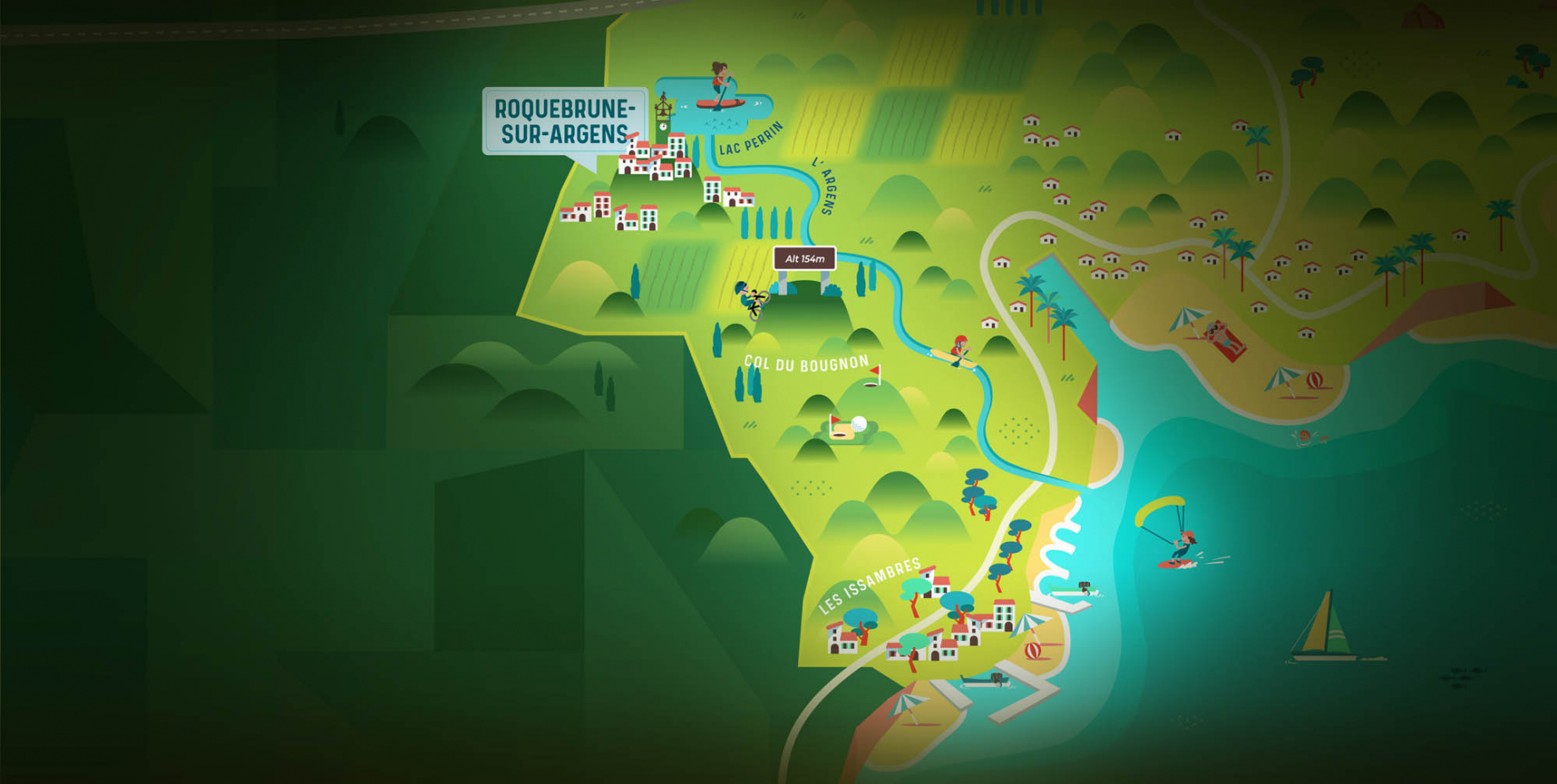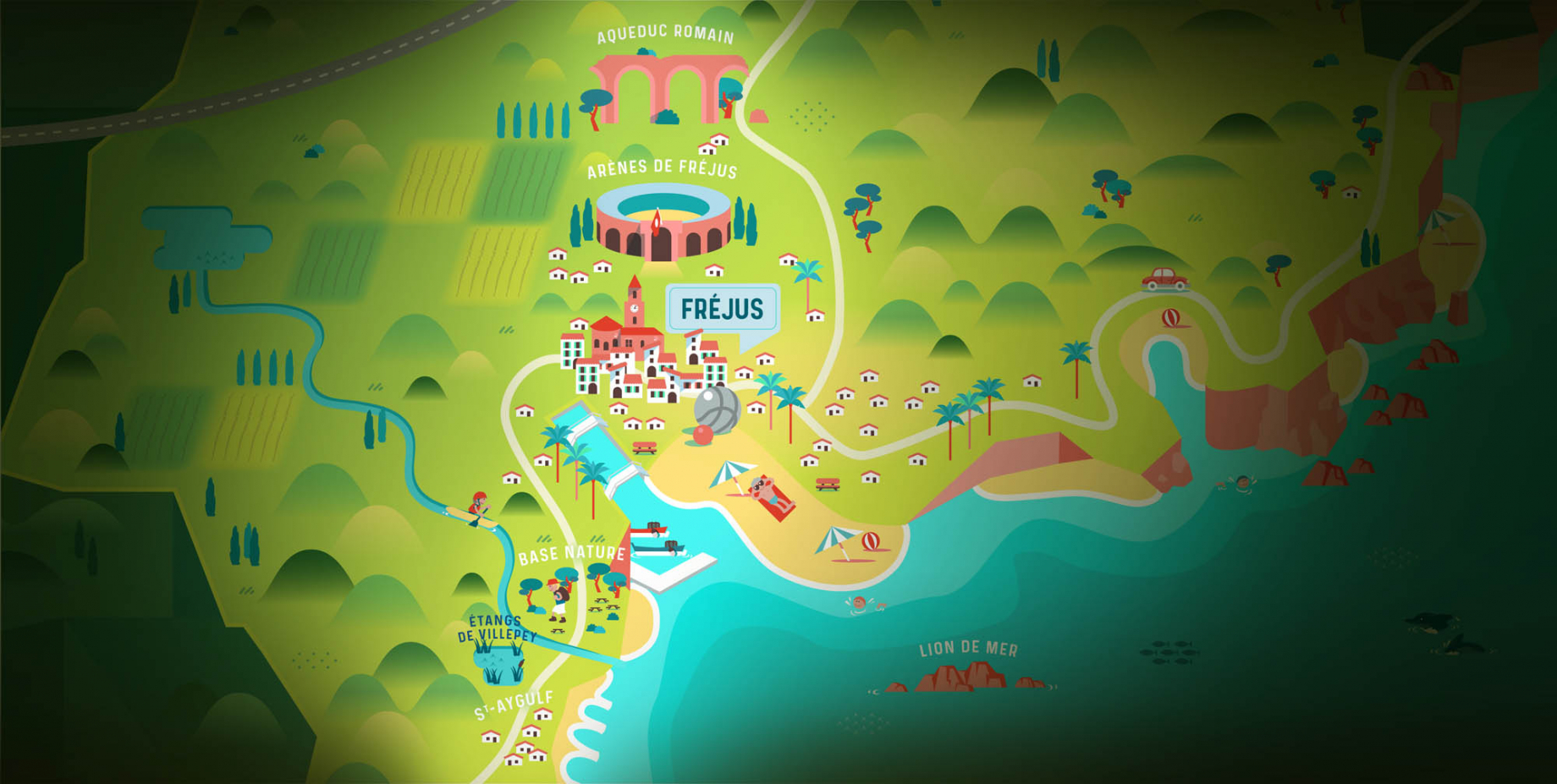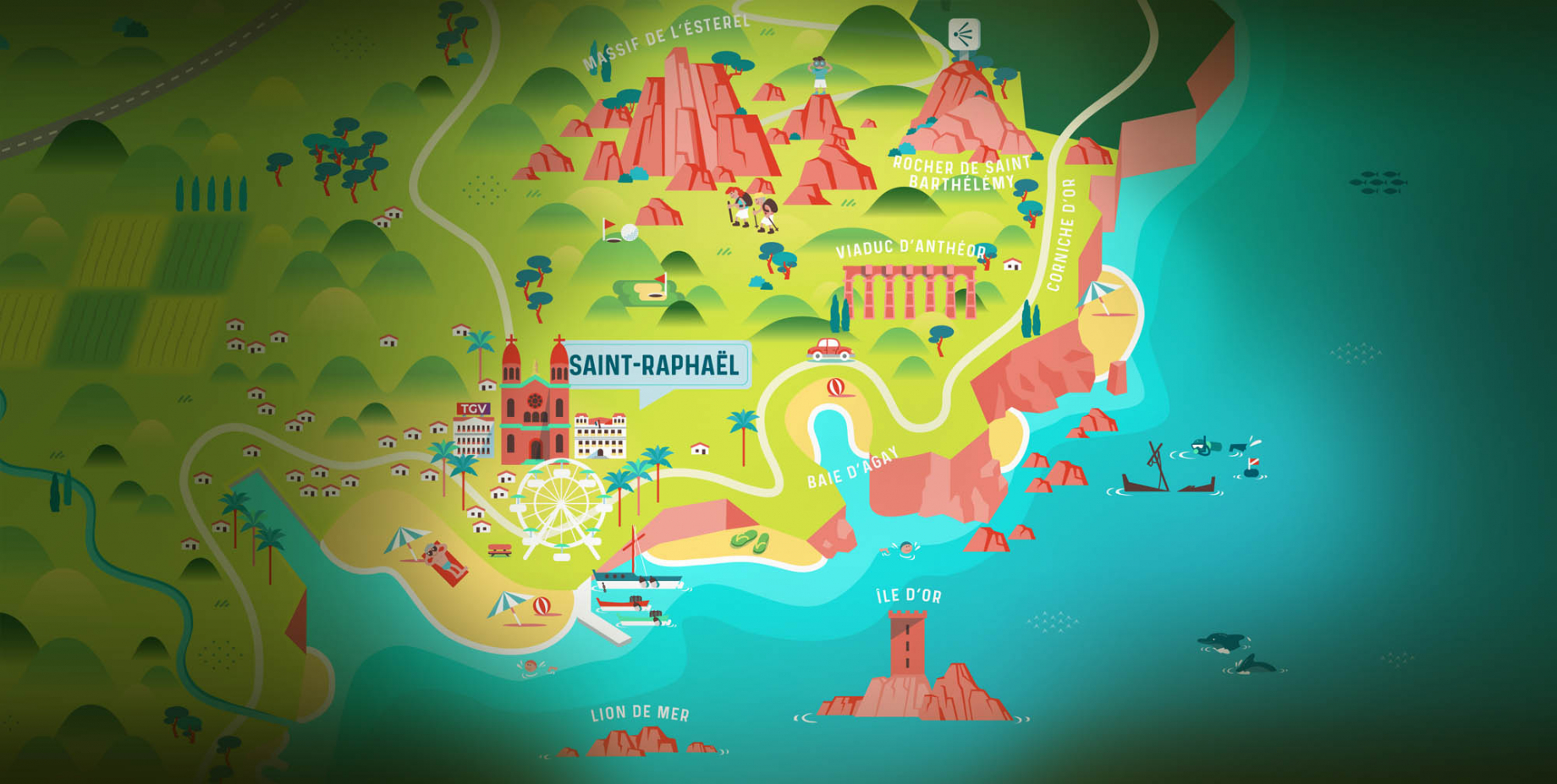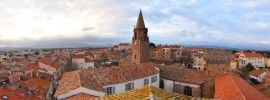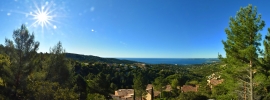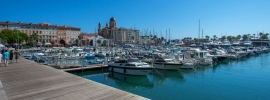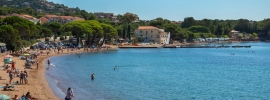Description
BUT WHO BUILT THE AURELIAN VILLA?
By consulting the first register of the Fréjus cadastral matrix (C443), we discover that a certain Mr. Crossman James had a villa built in the "Raton" district. Completed in 1889, it is known as Château Aurélien. Two inscriptions engraved on the small bridge below the villa provide further information:
J.H.C./A.D./1889
"J.H.C." would be the initials of the builder (JH Crossman) and "AD" for Anno Domini;
On the other side of the bridge is another inscription, "IN CRUCE SPES MEA", a motto meaning, "In this cross I place my hope". In an armorial published in England in 1889, we learn that this motto was that of Sir William Crossman, who had a brother, James Hiscutt Crossman, authorized to use his coat of arms and motto. It was he who built the villa, called "Château Aurélien" at the time of its construction. Heir to a wealthy London brewer, the Mann, Crossman & Paulin Ltd brewery was then one of the largest in England.
In 1889, he had the idea of building this château on the Côte d'Azur. Château Aurélien is a prestigious building by Marseille-born architect Henri Lacreusette, who also designed the Grands Louvans and La Cigale villas in Saint-Aygulf, as well as the Chapelle de Saint-Aygulf and many other villas in Saint-Raphaël, Sainte-Maxime etc...
With its 79 taxable openings listed in the land register, it was undoubtedly the largest villa in Fréjus-Saint-Raphaël.
James Hiscutt Crossman accumulated loans and soon had to put the château up for sale. It was bought by Madame Lepel-Cointet in 1892, widow of Marc Lepel-Cointet, a Paris stockbroker and son of an art collector whose collection he had enriched.
Madame Lepel-Cointet, who led a social life, entertained "all the Paris of the Côte d'Azur" in her château, including André Gide in 1897. She too lived far beyond her means, and was forced to sell the villa in 1905. It was taken over by Henri Félix Gourio de Refuge, who assumed the title of Marquis in 1901, on the death of his father.
On July 8, 1913, Le Figaro published in its legal publications section an announcement of the sale of Château Aurélien at public auction by judicial authority upon seizure of the property. The sale took place on August 7, 1913, and Charles de Cambefort purchased the property. He was a banker in Paris, married to Suzanne de Witt. The château became "La Villa Aurélienne". Charles died in 1919, and when his wife died in 1934, the villa passed to their two daughters, Germaine and Henriette, who married banker Pierre Schweisguth. In 1932, their daughter married Maurice Couve de Murville, who went on to become Minister of Foreign Affairs, Economy and Finance, Prime Minister, Member of Parliament and Senator. In 1940, the villa became the property of Henriette alone.
There are only two Palladian-style villas in France, the Villa Aurélienne and the Château de Syam in the Jura. The façade is reminiscent of Andrea Palladio's Palazzo Chiericati, a Renaissance townhouse in the Veneto region. Palladio (1508 - 1580), a great architect of the Italian Renaissance, is also the author of a treatise entitled "The Four Books of Architecture".
In the Villa Aurelienne, the Palladian influence is everywhere, even on the front facade, in the pattern of arched and rectangular bays known as serliennes, as well as on the ground and first floors, which are organized around a peristyle courtyard covered by a glass roof typical of Renaissance architecture. The reception rooms, notably the living room with alcove, are on the south side, opening onto the terrace and garden.
A sumptuous residence, it is adorned with prestigious materials: black marble floors, fruitwood inlays, marble moldings and fireplaces, grand central staircase... The pantry is located to the north and in the basement, as are the staff rooms.
In addition to its 1,700 m2 of living space, it boasts a 24-hectare park where the balustrades of the promontories, the bridges and water mirror, as well as three oriental-inspired aediculae, can still be seen.
In 1988, the estate and park were transferred to the City of Fréjus, where remains of the Roman aqueduct dating from the 1st century A.D. were also found, completing the park's protection as a natural site (in 1964 and 1966).
The villa and its grounds have been listed on the supplementary inventory of historic monuments since 1989.
Renovated in 1994, with stained-glass windows by master stained-glass artist Ducatez de Salerne, the Villa Aurelienne is now a venue for official receptions and a dynamic cultural center, hosting numerous temporary exhibitions and all kinds of cultural events.
The Villa Aurelienne park is an ambassador for the "towns and villages in bloom" label!
In existence for over 60 years, the "Villes et Villages Fleuris" (Flowering Towns and Villages) label brings together almost 4,700 communes throughout France, including 278 "4 Fleurs".
It rewards the commitment of local authorities to improving their living environment. It takes into account the place given to plants in the development of public spaces, environmental protection, the preservation of natural resources and biodiversity, the enhancement of France's botanical heritage, the reclaiming of city centers, the appeal of tourism and the involvement of citizens at the heart of projects. The label is a daily support tool for communities wishing to improve the well-being of their residents and preserve the identity of their territories, while developing their living environment.
Further information
- Accepted animals
French
- Individual visits include : Unguided individual tours available permanentlyGuided individual tours on request
- Groups visits include : Unguided group tours on requestGuided group tours on request
- Services : Pets welcomeThemed tourGuided tours
- Equipments : Free car parkMeeting roomCar parkPublic WCExhibition spaceLiftToilets
- Environments : Close to a public transportationBus stop < 500 m
- Activities : Botanic trailTemporary exhibitionActivity

